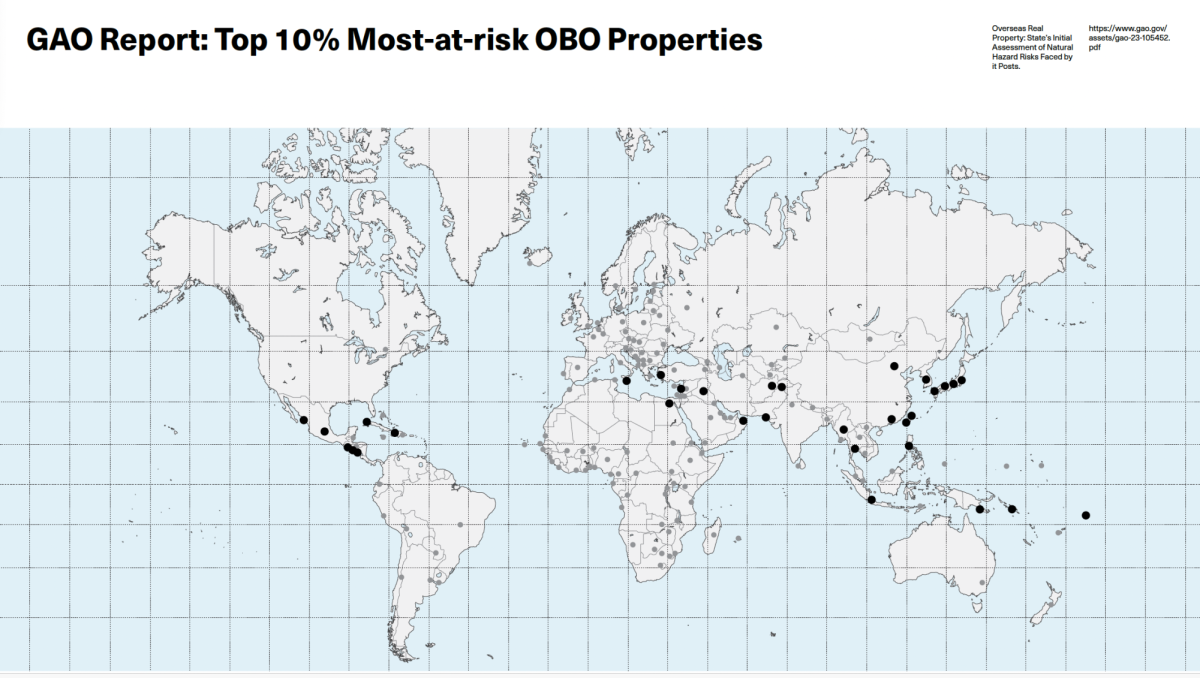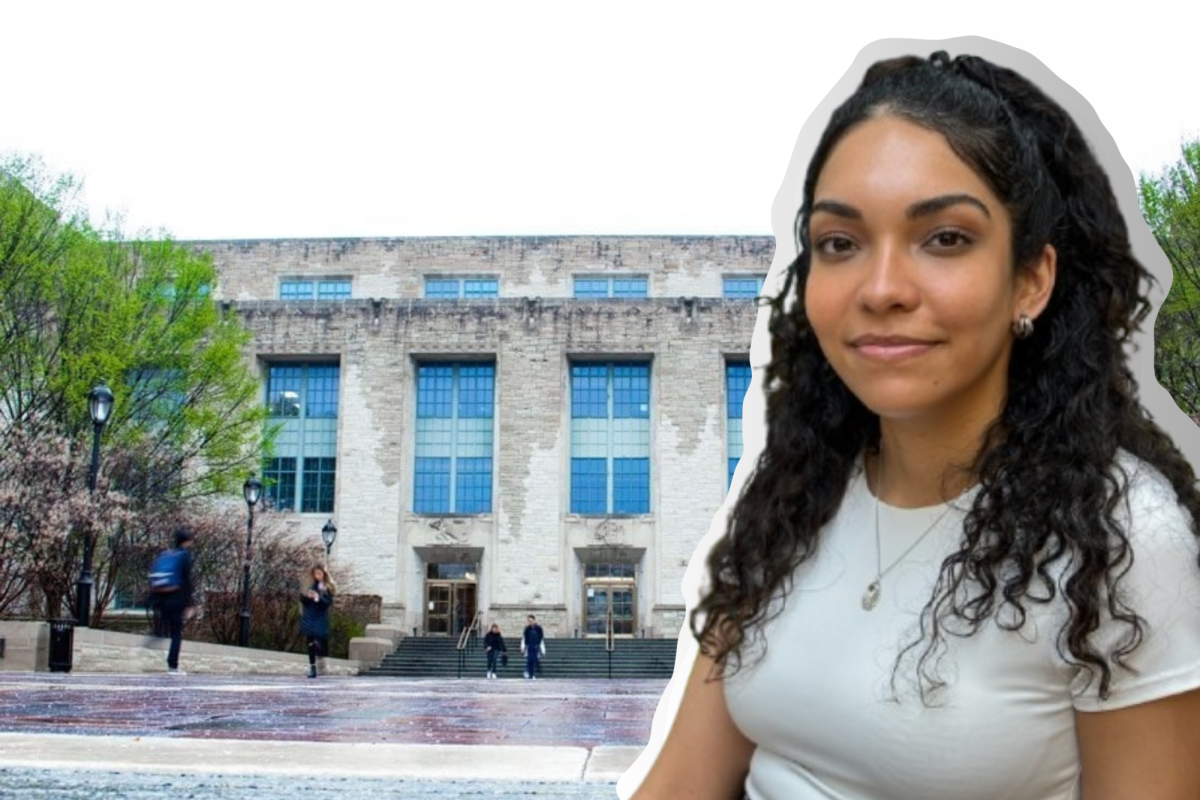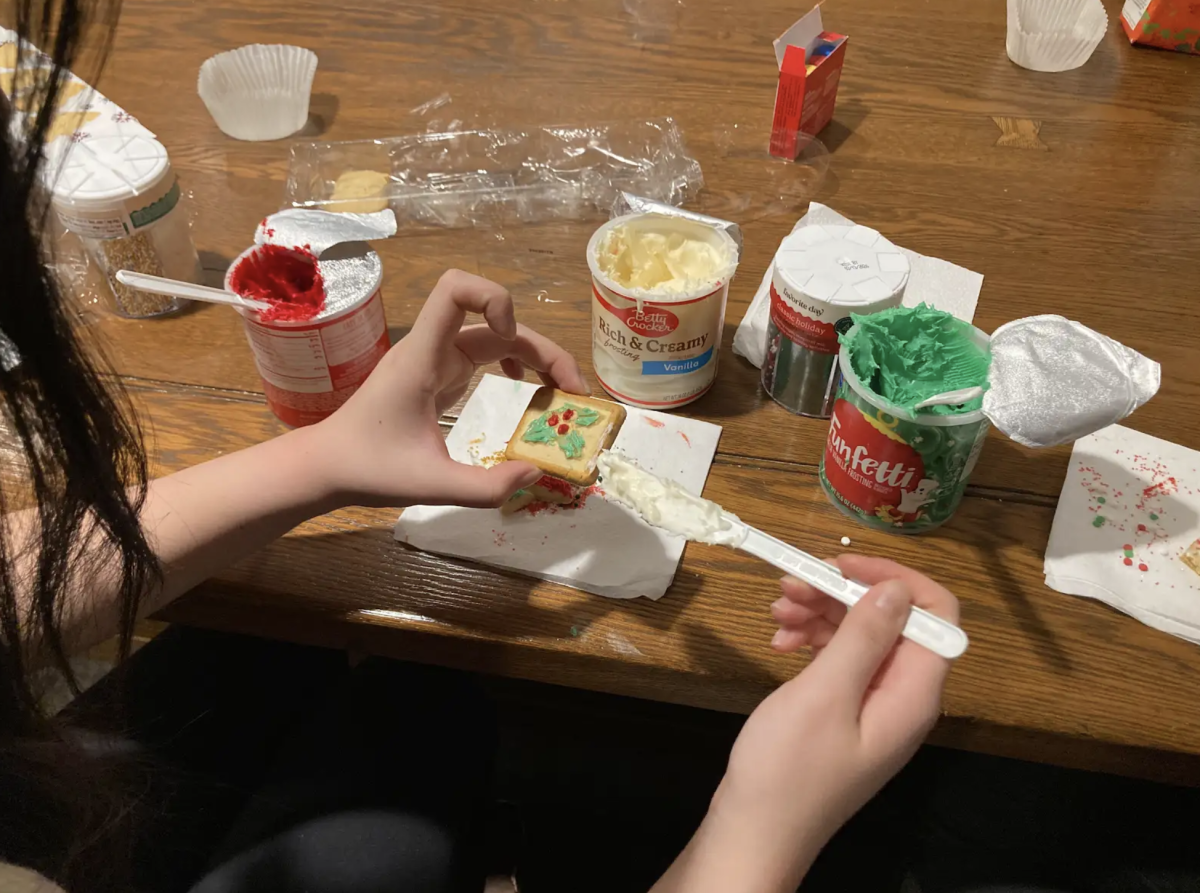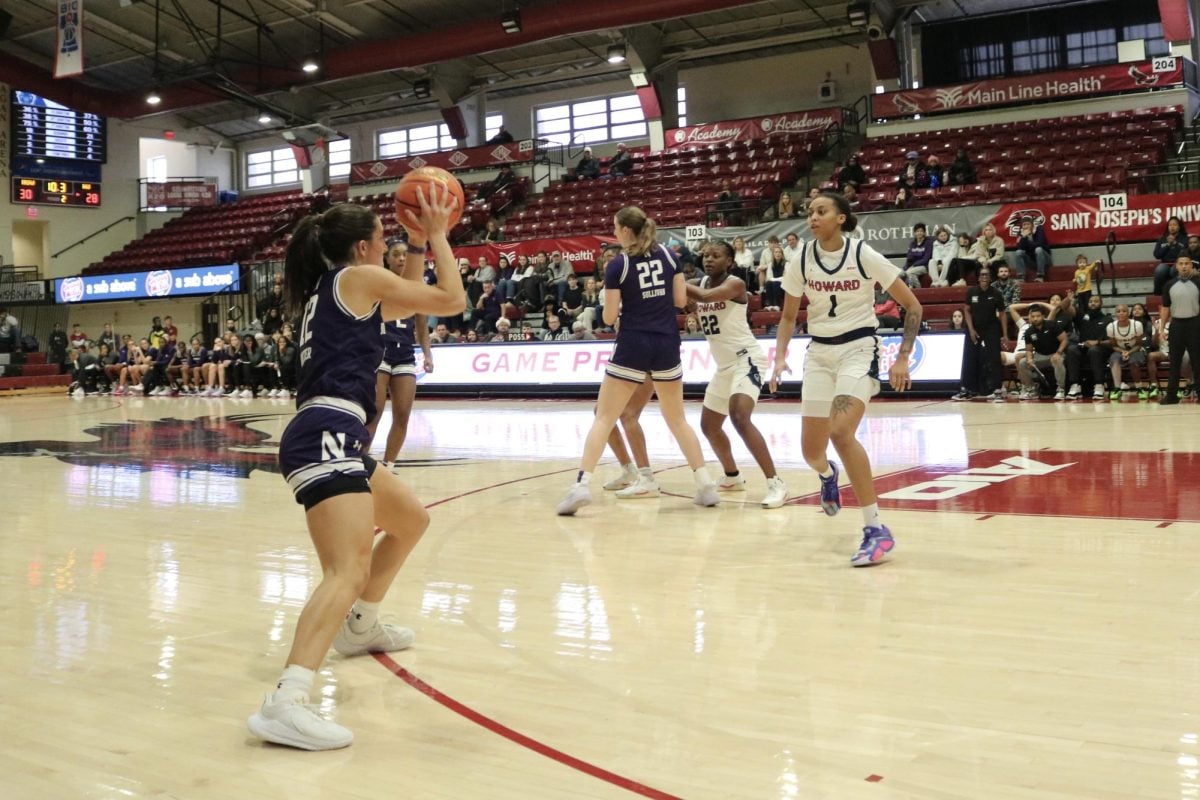Northwestern researchers are a step closer to marketing a molecular compound that targets Alzheimer’s disease in humans.
NU scientists created a drug-like molecule that successfully treated memory loss in test runs using mice, Feinberg Prof. Valerie Tokars said. She attributed the discovery to efficient collaboration among researchers from Feinberg, the Columbia University Medical Center and the University of Kentucky.
“Communication is very important between team members,” said Tokars, a structural biologist. “We try to make sure we understand where the other group is at any time.”
Three years after the team set out to treat the brain degenerative disease, the University said it hit a “bull’s eye” with the molecule, which mutes the effects of a protein known as a key contributor to Alzheimer’s.
Tokars created 3-D models of the drug-like inhibitor targeting a protein that can impair communication between brain cells and lead to memory loss. The enzyme is located in the neurons and the connective tissue surrounding the neurons.
Researchers experimented with the drug-like molecule on mice at the Columbia University Medical Center. The mice were injected with a protein fragment some consider the chief marker of Alzheimer’s. Mice that were given the compound performed better than mice that were given a placebo, suggesting that the compound eased cognitive damage.
The researchers are now trying to make the compound safer for human use through further experimentation, Tokars said. The compound could be used with other compounds aimed at treating Alzheimer’s in a co-therapeutic approach.
The team wants to stop Alzheimer’s early in part because changes in the brain affected by the disease often happen 10 to 15 years before serious memory loss occurs. Tokars said advancing the drug-like molecule to human clinical trials can take years.
Although the molecule may have been effective at treating Alzheimer’s in mice, Tokars said it may not have the same effects in humans because of the different metabolisms of the two creatures.
“You’re certainly going to find other pathways in the cells and a lot of unknowns out there,” Tokars said. “(It’s) part of what makes research in the (central nervous system) so exciting.”
Assistant summer editor Edward Cox can be reached at [email protected]. Follow him on Twitter at http://www.twitter.com/EdwardCox16.


















